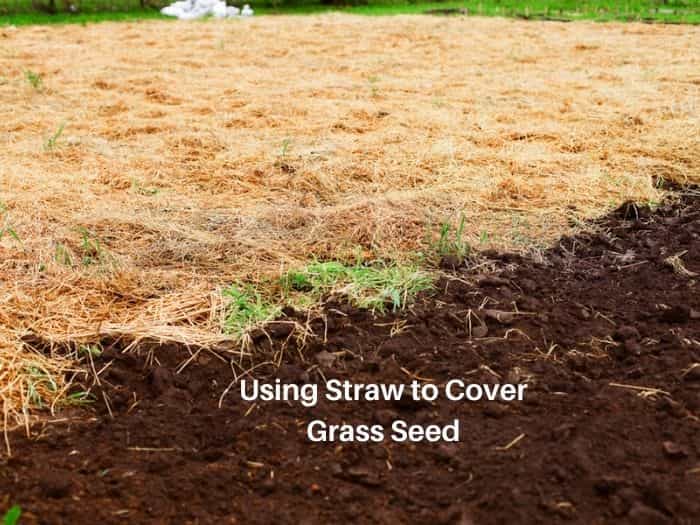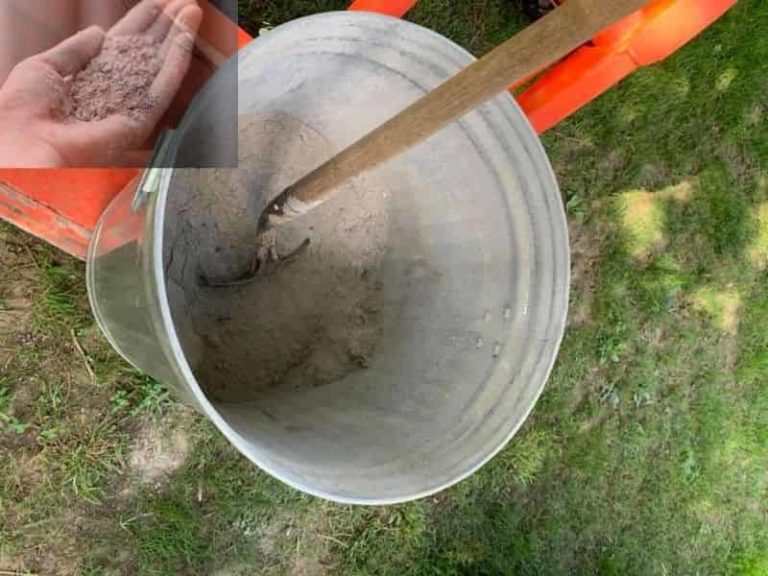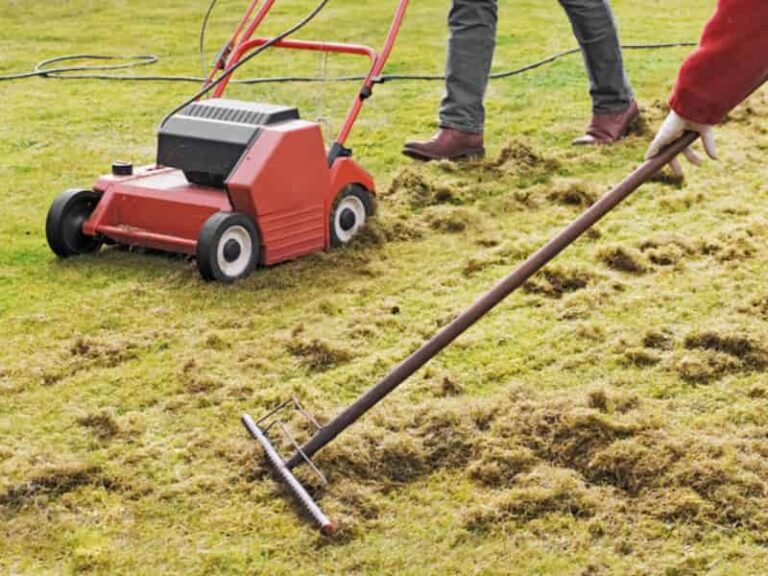How to Establish a Micro Clover Lawn? Care & Maintain
Homeowners in the United States have been growing grasses on their lawns for a long time. Sometimes grasses don’t make the best covers for yards because most species don’t stay green throughout the year, which calls for ground cover alternatives.
Micro clovers establish well in a moist field. Mix the small seeds with soil and spread them in well-aerated soil under full sunlight exposure. Cover the seeds lightly with soil and water daily for two weeks. Monitor the germination to reduce the watering frequency after two weeks.
Here is an insight into growing micro clovers on lawns and the best ways to maintain them.
When is the best time to plant clover?
The best time to plant clover is in early spring after frost when the average night temperature is between 40oF and 50oF. At this time, the ground is moist enough, and clover seeds will germinate and thrive.
Other times to plant clover are late summer and six weeks before winter frost. Although, by late summer, the ground has been exposed to hot temperatures, and most ground moisture is evaporated. You have to irrigate to supplement the water supply.
How to grow clover lawn?
Micro clovers are evergreen, fast-growing, and easy to maintain ground covers planted solely on the lawn or mixed with existing grass. They don’t need any fertilizer applications and thus are eco-friendly. If you want a break from the grasses and looking for an alternative, micro clover is your best bet. Clovers thrive when planted in moist soils and areas with full sun to provide an attractive ground cover for yards.
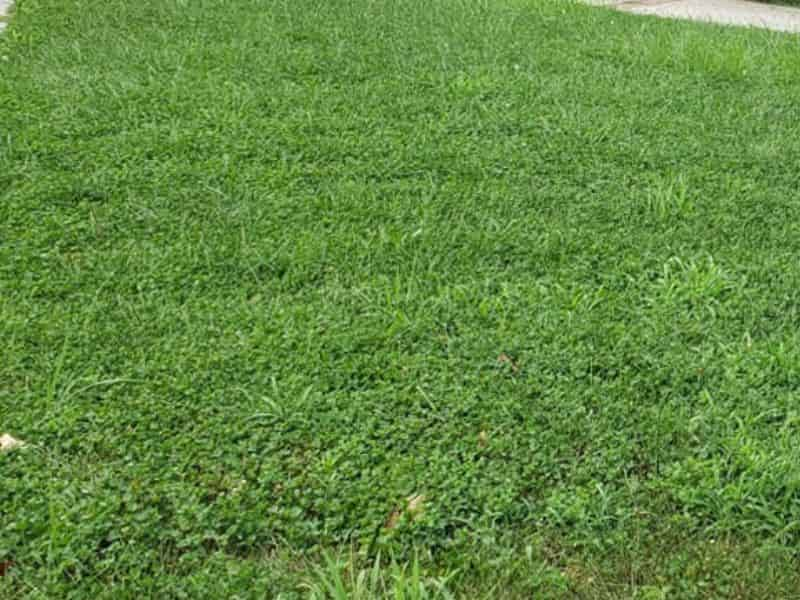
Here`s an ultimate guide on how best to grow clovers on your lawn.
1. Prepare the lawn area
The best location to plant clover is on a weed-free lawn with no thatch, so the plant becomes healthy and green. Therefore, prepare the lawn before spreading clover seeds.
Do a soil test to determine the pH, nutrient content, and concentration on the lawn. Perform the soil test six months before planting clover seeds on a new lawn to give the soil enough time to recover from any adjustments. Dig soil from different sections of your lawn and take it to a garden lab or a nearby university extension for testing.
Clovers thrive in sandy and loamy soils with a pH between 6 and 7. Add lime to raise pH lower than 6, or sawdust, peat moss, or sand if the pH is higher than 7.
Next, ensure no weeds are growing on the lawn area. Apply commercial herbicides to kill broadleaf weeds present. Removing weeds should be done several weeks before planting clover seeds to allow the growth of new weeds. The herbicide will kill the new weeds and clear them completely.
Water the lawn continuously to encourage remaining weeds to grow and reapply the herbicide to kill them.
If overseeding an existing lawn, mow the grass lowly to allow clover seeds to penetrate and reach the ground quickly. The best grass to mix with clover is one that tolerates low mowing. Also, dethatch the soil using a power rake or a dethatcher to break down any thatch on the lawn.
Rake the soils to loosen them to about 6 inches deep.
Remove dirt, debris, and dead leaves or roots lying on the lawn.
2. Spread clover seeds
Clover seeds are small and lightweight; therefore, they are challenging to spread evenly. Mix the seeds with some fine sand, sawdust, or soil to make them easier to distribute. You need about 57 grams of clover seeds for every 1000 square feet of lawn area.
Spread the mixed seeds on the lawn using a broadcast spreader or your hands.
If overseeding an existing lawn with clover grass seeds, spread the grass seeds first, then the clover seed. Don’t mix and spread the two seeds simultaneously, as they will clump.
3. Rake the soil
Using a rake with the tines facing upwards, rake the area where you spread the seeds to cover them lightly with soil. Covering the seeds helps them contact the soil further and encourages them to grow. It also prevents birds from eating them or wind from blowing them away.
Be sure not to rake a thick layer of soil which will impede the seeds and prevent them from growing. A suitable layer should be 1/8 to ¼ inch thick.
Run a roller over the seeded area to further make the seeds contact the soil to encourage them to germinate.
4. Water the seeds lightly
Set your sprinkler to mist and apply water to the sowed seeds. Avoid watering the seeds heavily to prevent them from flooding; else, they won’t grow. Water the seeds lightly daily until they sprout. Clover takes about one to two weeks to germinate. After the seeds sprout and establish, water less frequently.
5. Mow clover low
Clovers grow low on the ground to about 4 inches tall and thus require less mowing, unlike grasses. Mow clover less often to 3-3.5 inches tall.
6. Water clover lawn after establishing
Although clovers can grow in dry areas, they thrive in moist and well-drained soil. Constantly water the lawn to ensure moist soil for optimum clover growth.
Note: Don’t use nitrogen fertilizers since clovers are legumes and make their nitrogen. They have bacteria in their root nodules that fix free nitrogen from the air and convert it to nitrate in the soil. The clover plants utilize nitrates to grow green and healthy. Therefore, clovers don’t need the application of nitrogenous fertilizers to boost their health. Adding nitrogen to a clover lawn accelerates weeds and grass growth, diseases, and pest infestations. You don’t have to apply nitrogen even if you blend clover with grass seeds. Clovers will fix nitrogen into the soil for the grass.
Can I overseed micro clover?
You can overseed micro clover seeds with grass seeds into an existing lawn without necessarily growing it solely like a new lawn. The grass seeds must be low-growing to blend well with the clovers. Plant the seeds after the first fall frost, spread grass seeds, and then the clover seeds to prevent them from clumping.
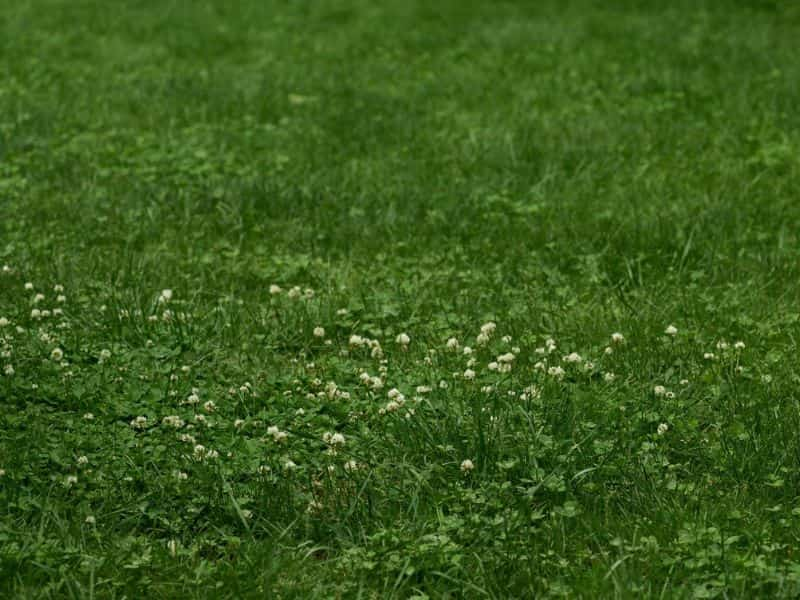
The benefits of overseeding grass and micro clover are just amazing since it helps leap the benefits of each for a greener lush lawn.
Overseeding clover lawn with grass benefits include:
- Prevents yellowing when dogs urinate on it.
- No fertilization requires since clover is a great legume that takes nitrogen from the air and fixes it into the soil, feeding the grass.
- Drought-resistant lawn thus requires little watering.
- Crowds out weeds on the lawn.
- Require less often or no mowing.
- If you got a beehive in your yard, it’s good for attracting pollinators-beneficial for your fruit garden.
Can you mulch over clover?
You can mulch over clover with an organic mulch or compost to eliminate them if you find them invasive and unattractive. Add mulch thicker than 4 inches to the areas with clovers to discourage them from growing. The mulch blocks light from reaching the clovers underneath while retaining moisture and moistening the soil. Clovers die because of lack of sunlight and suffocation.
Do you have to mow a clover lawn + when to mow?
Clovers are low-growing ground covers. You don’t need to mow to maintain them or keep them healthy. But if you don’t like how they attract bees and insects to your lawn or you are allergic to bees, mow them between 3 and 3.5 inches to cut off their flowers.
Tips for Maintaining a Clover Lawn
After planting clover seeds on your new lawn or overseeding existing grass, it is best to maintain it to produce a green, healthy lawn. Clover responds differently to lawn maintenance practices such as mowing, fertilizing, and watering. If you don’t take care of it correctly, the ground cover may deteriorate and die.
Here are a few dos and don’ts to keep your clover lawn lush and healthy.
1. Don’t fertilize the lawn
Clovers don’t need nitrogen fertilizers to grow green and healthy. They are legumes and natural nitrogen-fixing plants. The bacteria in their root noodles fix free nitrogen in the air to add nitrate to the soil.
Nitrogen fertilizers will only increase the likelihood of weeds taking over your lawn.
2. Don’t apply broadleaf herbicides
Clovers grow fast and spread quickly, out-competing weeds on the lawn. Applying herbicides will kill clovers. Don’t use commercial broadleaf herbicides like Roundup in clover/grass blend.
Clovers have selective herbicides tailored to kill weeds growing on clover lawns without killing them. Such herbicides include EPT Postemergent herbicide, Slow Acting 2,4-DB, and Postemergent Clethodim Control.
3. Provide full sun
Although clovers can tolerate partial shade, they thrive in areas with 4 to 6 hours of daily full sun exposure.
Please choose an area with the full sun when growing them. Cut any extended branches of trees or shrubs. Remove objects casting shadows on the clover lawn.
4. Mow only when it’s necessary
Clovers have small leaves and grow low near the ground surface. You don’t have to cut them often like other turfgrasses. Set the mower between 3 and 3.5 inches. Leave the clippings to decay and provide more nutrients to the lawn.
White clover has small white flowers that attract insect pollinators to the lawn. If you don’t want bees coming to your yard or are allergic to them, mow the clovers less often when they bloom in the summer to keep bees at bay.
What does micro clover look like + pictures?
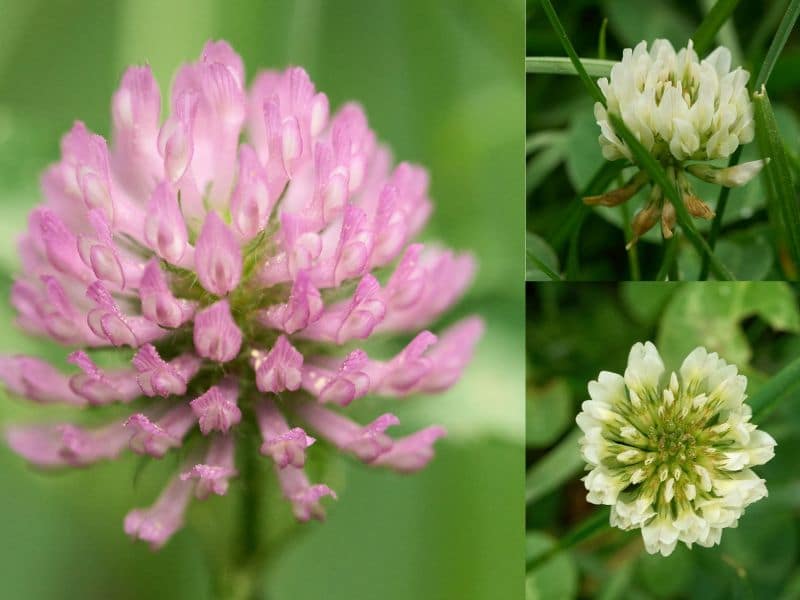
Check their stems, leaves, flowers, and roots to identify clovers. Clovers have creeping branches that lie low on the ground surface. The stems contain three small leaflets that are cut out above the stems. The leaves are hairy, petal-shaped, and less than ½ inch long. Clover inflorescence color and arrangement vary depending on the species. Common white clover has white flowers while others have pink or red flowers.
Is clover a weed?
Clover is a low-growing ground cover for lawns and is used as forage. Still, clover is a wild plant that uses its nitrogen-fixing ability to establish itself and rapidly spread in nitrogen-deficient soils.
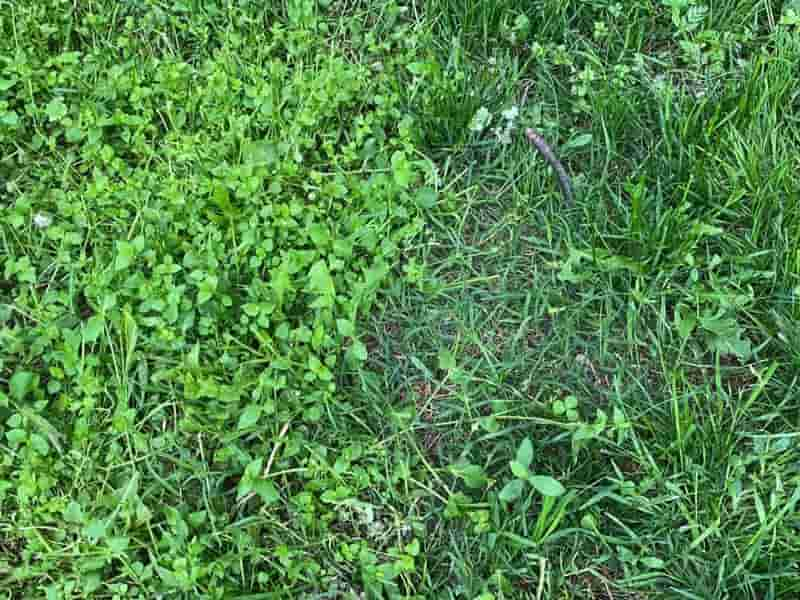
Although it hasn’t been considered a weed, homeowners saw its aggressive growth and branded it as a weed. People who find it undesirable will use selective herbicides to get rid of it.
References
- University of Maryland Extension: Lawns and Micro clover.
- Michigan State University Extension: White clover exploding in lawns.

